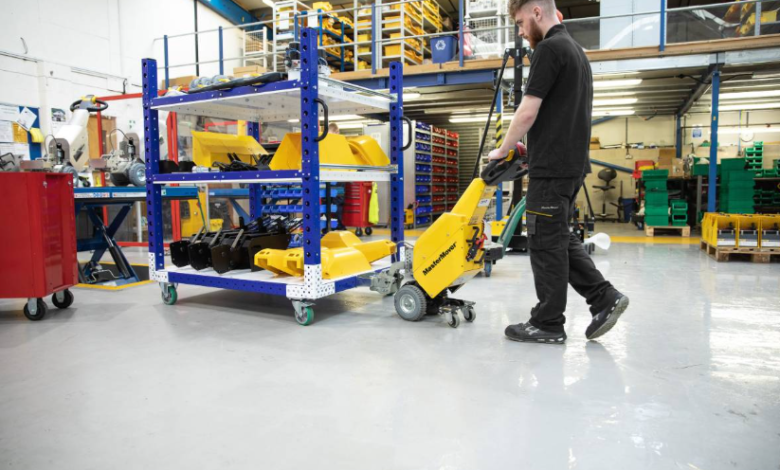The Heavy-Duty Approach to Restoring Hard-Worn Materials

Everyday life and industrial work put a lot of stress on the materials around us. From rusted steel tools to concrete floors etched by years of use, surfaces are constantly challenged by time, friction, and the elements. When they reach a point where ordinary cleaning products no longer work, professionals often turn to controlled environments like a blast chamber to strip away layers of corrosion, paint, or grime and reveal the strength of the material beneath.
Why Surfaces Break Down Over Time
Whether it’s metal, stone, or concrete, no surface is immune to gradual wear and tear. Common causes include:
- Weathering: Rain, heat, and seasonal changes weaken even the toughest structures.
- Corrosion: Oxygen and moisture trigger rust that spreads if left untreated.
- Impact & Friction: Machinery, vehicles, and foot traffic chip away at durability over the years.
- Chemicals: Harsh cleaning agents or industrial solutions can erode instead of preserve.
Individually, these might seem minor, but together they leave once-strong surfaces brittle, dirty, and less functional.
The Role of Heavy-Duty Cleaning and Restoration
Restoring a surface that has seen decades of wear isn’t about elbow grease alone. Household scrubbing brushes or mild cleaners are rarely enough for deep damage. Instead, industries and renovation experts use abrasive blasting systems that cut through coatings, rust, or concrete build-up quickly and safely. By doing so, the base material is preserved while preparing it for protective treatments that extend its life.
Everyday Applications of Restoration
While heavy-duty methods sound like something only factories would use, they also solve problems closer to home:
- Home Projects: Reviving old garden furniture, tools, or outdoor railings.
- Cars & Motorcycles: Removing rust from parts before painting or repair.
- Construction Work: Cleaning and resurfacing worn concrete before applying a finish.
- Preservation: Safely restoring historic buildings or monuments without damaging their original surfaces.
A Step-by-Step Approach to Bringing Surfaces Back
- Assess the Damage – Identify whether the surface is only dirty, or if corrosion, cracks, or deep stains are present.
- Select the Right Method – Light dirt may only need cleaning; rust or thick coatings often call for abrasive blasting.
- Protect the Area – Contain dust and debris, or work in an enclosure for safety and efficiency.
- Restore Carefully – Use the right pressure and abrasive to clean without harming the core material.
- Seal & Maintain – Apply coatings, paint, or protective sealants to keep the surface strong for years.
See also: Simone Cruickshank Rivera: Discover the Life and Career of Simone Cruickshank Rivera
DIY vs Professional Support
For small jobs, DIY blasting kits and heavy-duty cleaners can be useful. But for larger projects or delicate items, professional services are usually the safer bet. Experts not only have access to specialised tools but also know how to balance powerful cleaning with the care required to protect valuable materials.
Why Restoration is Worth It
Choosing restoration over replacement offers real benefits:
- Saves Money: Extending the life of surfaces is often far cheaper than starting from scratch.
- Environmentally Friendly: Less waste and fewer raw materials consumed.
- Better Performance: Properly cleaned surfaces can handle coatings, adhesives, or paints more effectively.
- Fresh Appearance: Restored surfaces look newer, adding both aesthetic and functional value.
Bringing Materials Back to Life
Surfaces may age, rust, or chip away, but that doesn’t mean they’re beyond saving. With the right heavy-duty approach, materials can be stripped back, protected, and given years of renewed use. Whether you’re dealing with an old driveway, a set of tools, or industrial machinery, restoration proves that durability is not just about endurance — it’s about maintenance, care, and knowing when to give surfaces a second chance.



